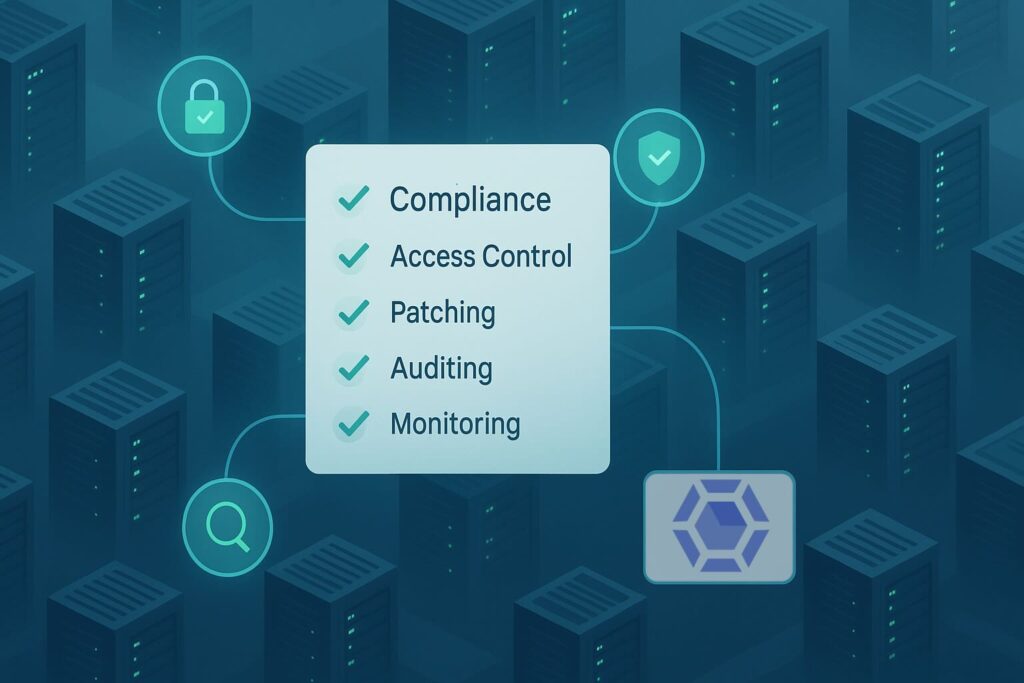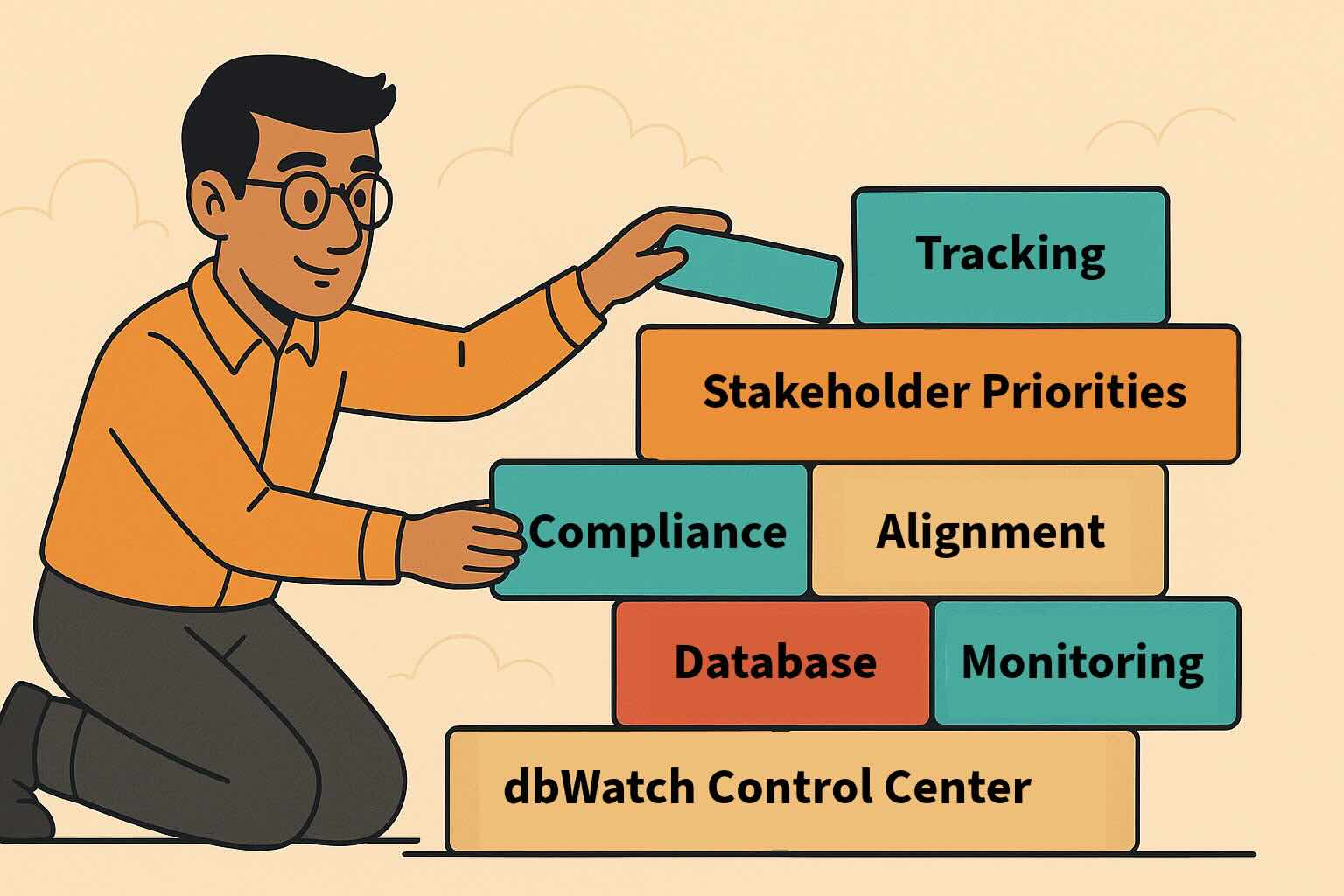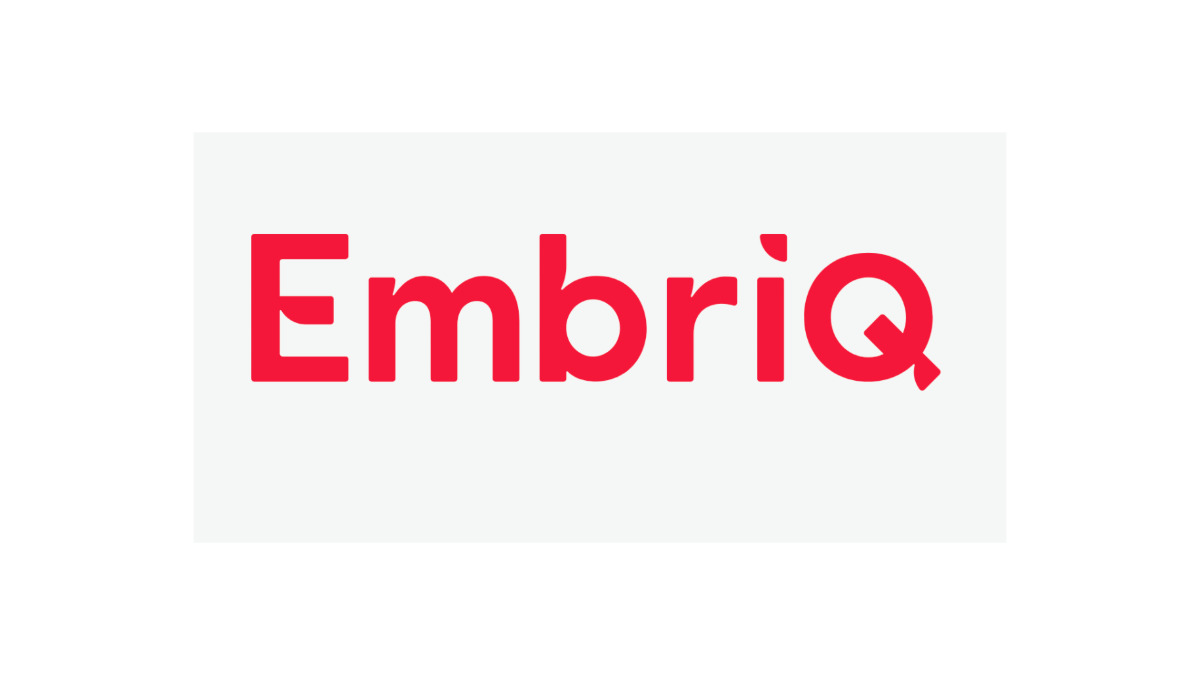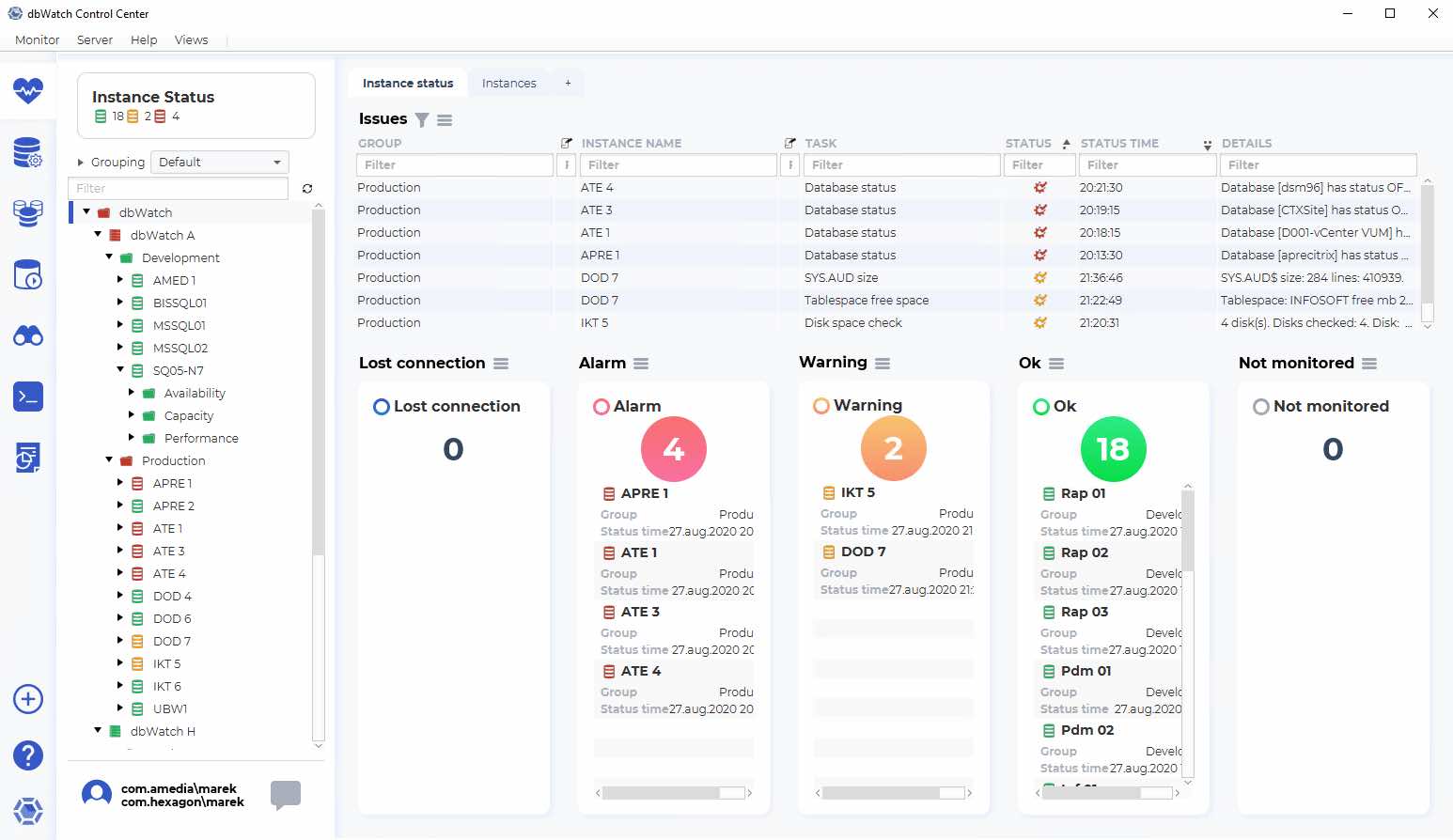Achieving Compliance in Databases is More Than a Checklist
Usually compliance starts with a policy or a checklist, but the reality is messier than a simple list. Security standards are broad, environments vary, and requirements change. Often, you’ll manage more than one system, up to hundreds of database instances, and each has its quirks.
How to Make the Business Case for Database Compliance Tools
While you know that having a good tool will help you reach and maintain compliance, you’re likely not in charge of the budget. Meaning you’ll need to take off the DBA hat and put on the sales hat. You’ll have to convince leadership why you need a tool.
If you’re anything like the DBAs we have working at dbWatch, there’s a reason you aren’t in sales. So we’ve put together ways you can frame your conversation with decision-makers to help them understand the value of a tool.

Time Is Money and Manual Work Doesn’t Scale
Manual checks take tons of time. Leadership may not see this cost until something breaks or a review goes badly. Your goal is to help them see the price from the beginning. Here’s an idea of how you can do your own cost calculation to show them how much manual compliance checks cost in terms of your time.
The Cost of Staying Compliant is Monitoring and Tracking
Compliance never lasts. Maybe someone creates an account for a consultant and forgets to remove it. Perhaps a script reverts a configuration. These little changes happen constantly, and logically, if you’re not watching, you are none the wiser. Without tracking, you have no hope of maintaining compliance. You need a monitoring tool that can track these changes and alert you.
Understand Stakeholder Priorities for Compliance Databases
When asking for a compliance tool, it’s tempting to talk about how much work it would save or how frustrating the current process is. But that’s not what decision-makers care about. They’re thinking about risk, budget, database auditing, and operational reputation. They want to know:
- What happens if we don’t do this?
- What will it cost if we fail?
- Can this be handled with what we already have?
| Stakeholder Concern | How You Can Frame It |
|---|---|
| Audit risk | A single misconfiguration can cause a failed audit. A tool helps us catch that early. |
| Team capacity | We can either spend 100+ hours rechecking work manually—or track it automatically. |
| Scaling the environment | Compliance across five databases is doable. Across 50 or 500? That needs structure. |
| Proof and accountability | We don’t just need to be compliant—we need to prove it consistently and defensibly. |
| Business alignment | This isn’t about a checklist. It’s about reducing risk, protecting the business, and building client trust. |
Conclusion: Build a Case That Lasts Beyond One Audit
The work of compliance doesn’t end when the report is submitted. It continues in the background. If your team manages this manually, you’re always one change away from a setback. A tool like dbWatch gives you control. It turns compliance into a continuous, trackable process. It helps your team scale without sacrificing quality and provides leadership the confidence that security is carefully managed.
If you’re ready to make the case for better tooling, focus on what your stakeholders care about: risk reduction, operational efficiency, and proof that your environment is secure. With the right database compliance solution, you’re proactively managing risk system-wide. dbWatch helps you deliver on all three.



